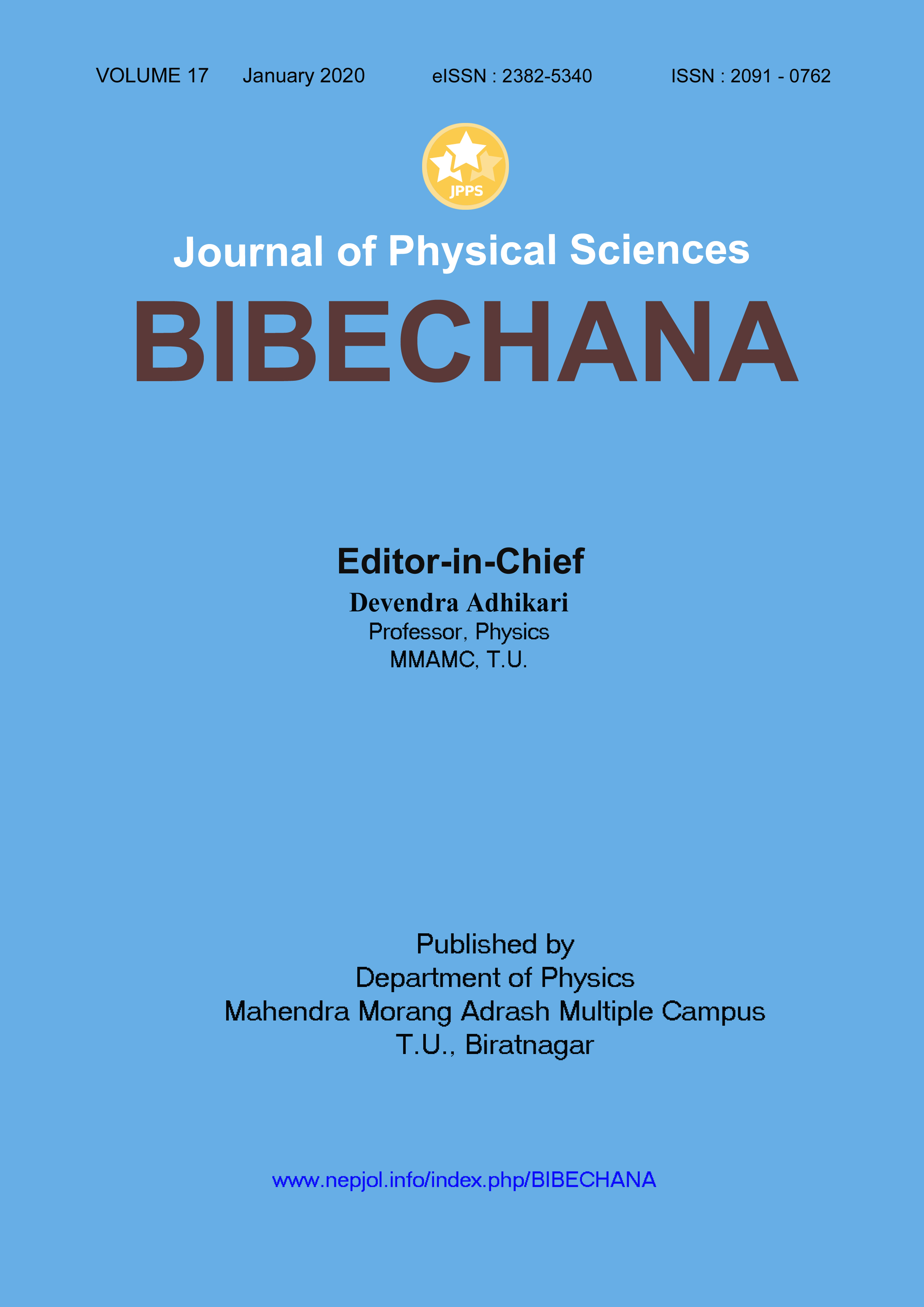Conventional to slow muon microscopy – a review
DOI:
https://doi.org/10.3126/bibechana.v17i0.26867Keywords:
Muon, Muonium, muSR technique, Ultra-slow muonAbstract
Because of special characteristics (fully spin polarized and asymmetric decay to positron), muon acts as sensitive probe to study the local electronic and dynamics of materials. The muon of energy MeV or high, conventional muon, are used to study bulk properties of the materials. For the study of nanoscience, slow muon (20 eV - 30 keV) muon with low energy spread are essential that leads to development of slow muon microscopy. Introduction to muon microscopy, application of conventional muons and need of slow muon beam along with future prospects are briefly discussed.
BIBECHANA 17 (2020) 139-145
Downloads
Downloads
Published
How to Cite
Issue
Section
License
This license enables reusers to distribute, remix, adapt, and build upon the material in any medium or format for noncommercial purposes only, and only so long as attribution is given to the creator.




